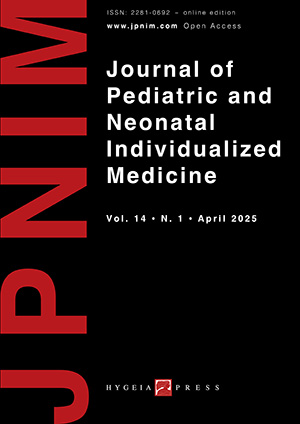Abstract
Bronchopulmonary dysplasia (BPD) affects premature infants and causes long-term breathing problems. Along with respiratory complications, BPD can also lead to developmental delays, poor growth, pulmonary hypertension, heart failure, and hearing impairment. To avoid these dangerous complications, it is necessary to diagnose and treat BPD in a timely manner. Early diagnosis of BPD primarily relies on monitoring a premature baby’s oxygen needs, using tools like pulse oximetry, alongside chest X-rays to visualize lung changes, blood tests to assess oxygen levels, and sometimes an echocardiogram to rule out heart defects as a contributing factor; a diagnosis is usually made if a baby requires supplemental oxygen for an extended period after birth, particularly beyond 28 days, and shows characteristic lung changes on imaging.
Artificial intelligence (AI) is becoming an integral part of healthcare. AI technologies can be used to study chest X-ray images to improve the diagnostic accuracy of BPD in preterm infants. A deep learning component can be used for lung segmentation of preterm chest radiographs to build a BPD prediction model by focusing on lung anatomy.
This article explains the criteria used for BPD diagnosis and compares them with AI-based algorithms, especially for accuracy, applicability, and efficiency. The article also highlights the pros and cons of using AI-based algorithms in patients with BPD.

